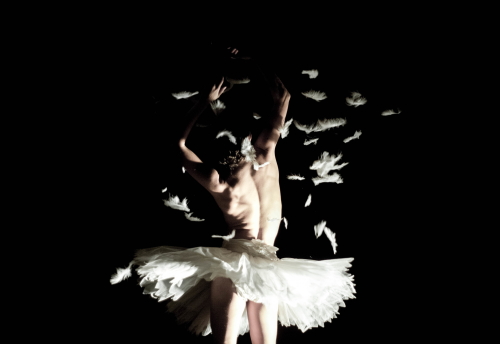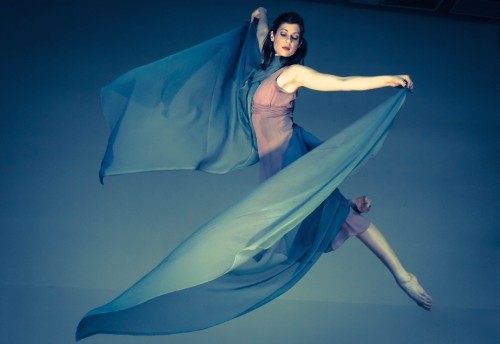
by Rachel Malehorn
Dancers who join classical ballet companies will be a part of the centuries-old tradition of the full-length ballet. These evening-long works not only showcase the brilliance of classical ballet technique, but also set this dancing in a dramatic context with the goal of telling a story. Even an audience member who has no background or understanding of dance can get lost in these stories, and can leave the theater transformed. Dancers spend years of their lives endeavoring to perfect their technique, but sometimes their power as actors and actresses can be overlooked or de-emphasized. The stories our ballets tell are magical, fantastic, romantic, tragic, and sometimes difficult. Throughout my career as a dancer, I have come to love and look forward to the dual opportunity to dance with accuracy—and also to convey the drama of these stories.
As Milwaukee Ballet prepares for its upcoming performances, I have been meditating on two important themes: the process wherein dancers and choreographers communicate the story of a full-length ballet, and the importance of telling these stories—even if they don’t always have happy endings. Romeo & Juliet, Manon, Onegin, Madame Butterfly, and even La Bayadere are classic tales of thwarted love, in which the tragic heroines suffer death or disaster as the price of their love.
But perhaps the epitome of the tragic ballet is Giselle, created in Paris at the peak of Romanticism. In this story, Giselle, a peasant girl, is wooed by Albrecht, an aristocrat in peasant disguise, but is driven to madness and death by the discovery that Albrecht is already engaged to be married to Bathilde, also an aristocrat. When Albrecht visits Giselle’s grave to beg for forgiveness, the Wilis – ghosts of other girls who have died of broken hearts – compel Albrecht to dance himself to death, but Giselle (seemingly inexplicably, and most definitely tragically) saves Albrecht from death and forgives him for his betrayal. At its core, Giselle is chilling, heartbreaking, and achingly beautiful.














